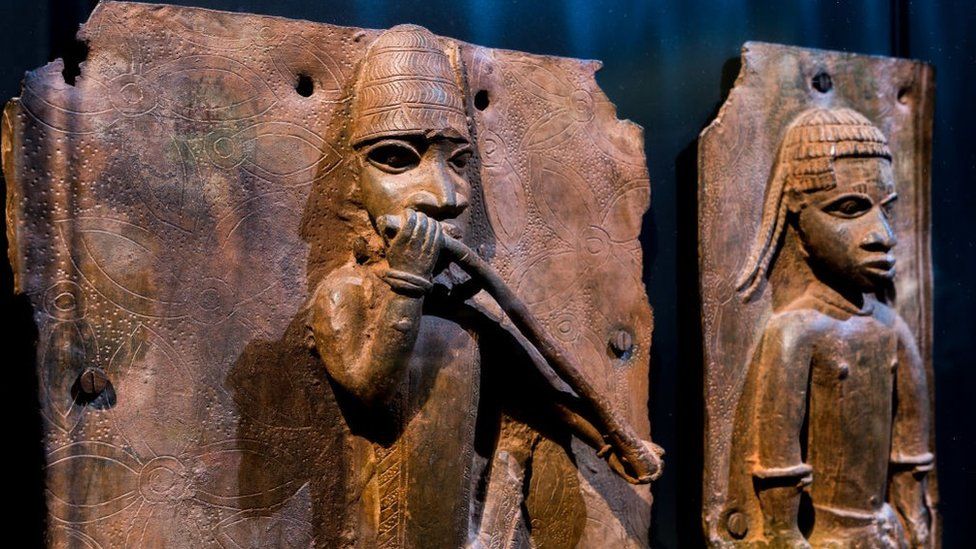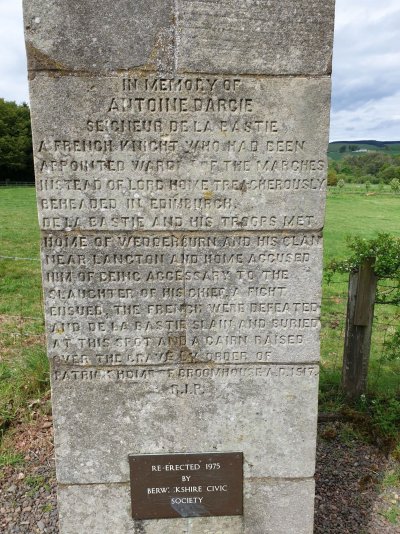ramonmercado
CyberPunk
- Joined
- Aug 19, 2003
- Messages
- 58,263
- Location
- Eblana
Some interesting medals go to auction.
“Madame Markievicz was overhead in the condemned cell and we used hear reports that she was to be executed ... We could hear the shootings in the mornings, and we would be told afterwards who it was. It was a very harrowing experience.”
These are the words of Dr Kathleen Lynn, who was imprisoned alongside Helena Maloney and Madeline Ffrench-Mullen after the Easter Rising. Her 1916 Rising Service Medal will be offered in Mullen’s Collector’s Cabinet, a live and online sale on Saturday, January 29th with an estimate of €20,000-€30,000.
The daughter of a Church of Ireland clergyman from Co Mayo, Lynn was educated in Alexandra College in Dublin, which she left at the age of 16 to train as a doctor, to become the first female resident doctor at the Royal Victoria Eye and Ear Hospital in London.
A revolutionary in every aspect of her life, she was a suffragette and heavily influenced by the writings of James Connolly. She joined the Irish Citizen Army as chief medical officer. Not only did she act in a medical capacity, she also stored guns and ammunition at her surgery, while making pioneering contributions to healthcare with the establishment of St Ultan’s Hospital for infants at Charlemont Street in Dublin, with her confidante and long-term partner Madeline Ffrench-Mullen. St Ultan’s, which closed in 1983, was the only hospital in Ireland managed entirely by women.
Lynn, who described herself as a “Red Cross doctor and belligerent” was released from prison on the condition that she work with flu victims during the Spanish flu epidemic a century ago, and immediately established a vaccination centre at Charlemont Street.
 Set of six Victoria Cross medals awarded to Irishman Private Patrick Donohue will be auctioned by Dix, Noonan Webb, £140,000-£180,000.
Set of six Victoria Cross medals awarded to Irishman Private Patrick Donohue will be auctioned by Dix, Noonan Webb, £140,000-£180,000.
Estimated to fetch an eyewatering £140,000-£180,000 (€170,000-€216,000), the set has not been on the market in over a century. “Donohoe joined the 9th Lancers from Ireland and was unique in being awarded the grand slam of medals won by his regiment for its 17 years of continuous service in India.
“His Victoria Cross action was earned in the thick of a battle of spears and swords that saw him rescue his commanding officer from certain death having being cut off from the rest of his party after being severely wounded in the action,” according to Christopher Mellor-Hill of Dix Noonan Webb.
Born in Nenagh in 1820, Donohoe married Mary Ann Glascott in India and became the stepfather to Anna Leonowens, who went on to teach at the palace of Mongkut, King of Siam, who wished to educate his 39 wives and concubines in addition to his 82 children. Leonowens served the court for six years as a teacher and later as language secretary, and though mentioned in Mongkut’s will, never received a legacy. She is immortalised in Margaret Landon’s novel Anna and the King of Siam, which was adapted as the Rodgers and Hammerstein musical, The King and I.
https://www.irishtimes.com/life-and...-belligerent-kathleen-lynn-for-sale-1.4774659
1916 medal of ‘doctor and belligerent’ Kathleen Lynn for sale
Dr Lynn’s 1916 Rising Service Medal for sale with €20k-€30k estimate
“Madame Markievicz was overhead in the condemned cell and we used hear reports that she was to be executed ... We could hear the shootings in the mornings, and we would be told afterwards who it was. It was a very harrowing experience.”
These are the words of Dr Kathleen Lynn, who was imprisoned alongside Helena Maloney and Madeline Ffrench-Mullen after the Easter Rising. Her 1916 Rising Service Medal will be offered in Mullen’s Collector’s Cabinet, a live and online sale on Saturday, January 29th with an estimate of €20,000-€30,000.
The daughter of a Church of Ireland clergyman from Co Mayo, Lynn was educated in Alexandra College in Dublin, which she left at the age of 16 to train as a doctor, to become the first female resident doctor at the Royal Victoria Eye and Ear Hospital in London.
A revolutionary in every aspect of her life, she was a suffragette and heavily influenced by the writings of James Connolly. She joined the Irish Citizen Army as chief medical officer. Not only did she act in a medical capacity, she also stored guns and ammunition at her surgery, while making pioneering contributions to healthcare with the establishment of St Ultan’s Hospital for infants at Charlemont Street in Dublin, with her confidante and long-term partner Madeline Ffrench-Mullen. St Ultan’s, which closed in 1983, was the only hospital in Ireland managed entirely by women.
Lynn, who described herself as a “Red Cross doctor and belligerent” was released from prison on the condition that she work with flu victims during the Spanish flu epidemic a century ago, and immediately established a vaccination centre at Charlemont Street.

Indian Mutiny
Further honours for sale this month are “the outstanding Indian Mutiny Victoria Cross group of six, awarded to Private Patrick Donohoe of the 9th Lancers”. This will be offered by UK auctioneers Dix Noonan Webb in its Orders, Decorations, Medals and Militaria sale on Wednesday, January 26th.Estimated to fetch an eyewatering £140,000-£180,000 (€170,000-€216,000), the set has not been on the market in over a century. “Donohoe joined the 9th Lancers from Ireland and was unique in being awarded the grand slam of medals won by his regiment for its 17 years of continuous service in India.
“His Victoria Cross action was earned in the thick of a battle of spears and swords that saw him rescue his commanding officer from certain death having being cut off from the rest of his party after being severely wounded in the action,” according to Christopher Mellor-Hill of Dix Noonan Webb.
Born in Nenagh in 1820, Donohoe married Mary Ann Glascott in India and became the stepfather to Anna Leonowens, who went on to teach at the palace of Mongkut, King of Siam, who wished to educate his 39 wives and concubines in addition to his 82 children. Leonowens served the court for six years as a teacher and later as language secretary, and though mentioned in Mongkut’s will, never received a legacy. She is immortalised in Margaret Landon’s novel Anna and the King of Siam, which was adapted as the Rodgers and Hammerstein musical, The King and I.
https://www.irishtimes.com/life-and...-belligerent-kathleen-lynn-for-sale-1.4774659






